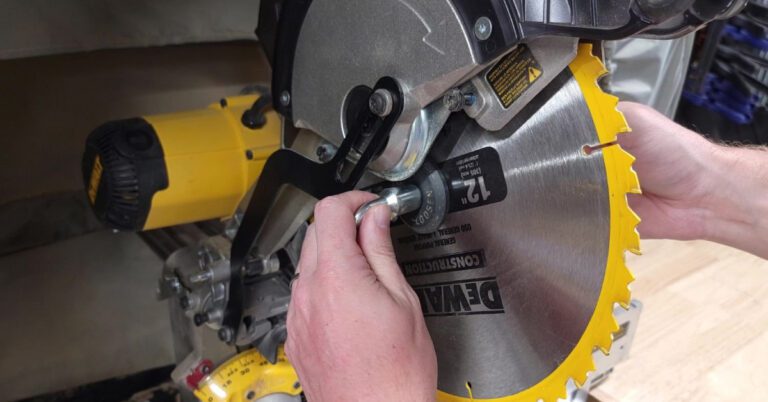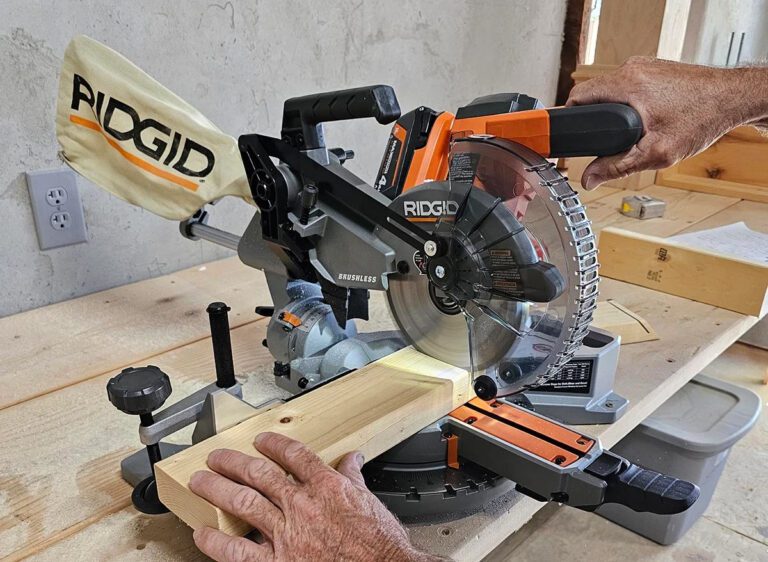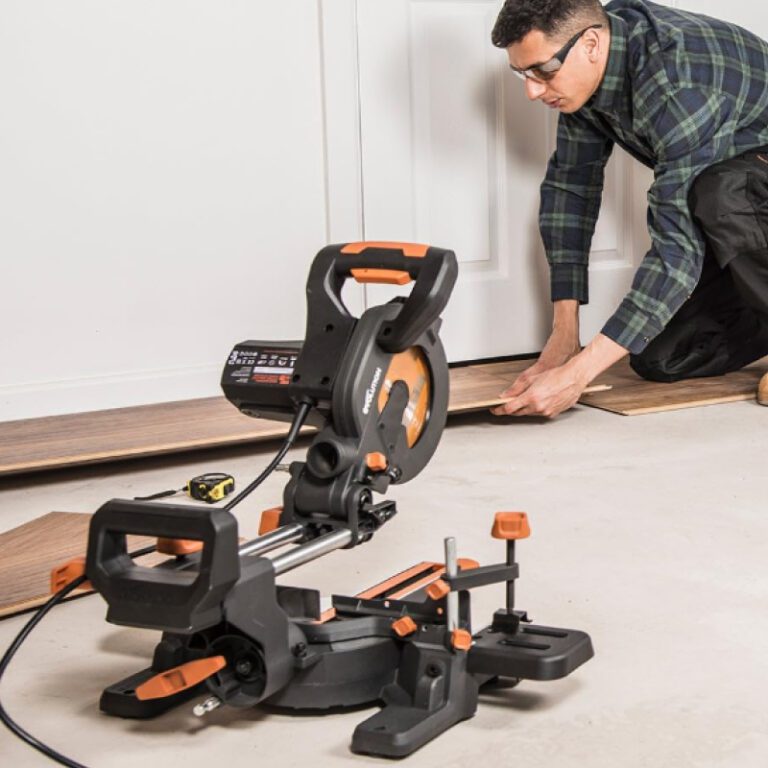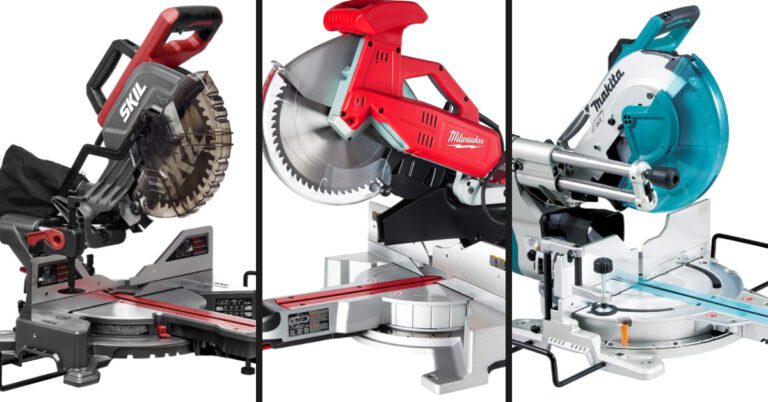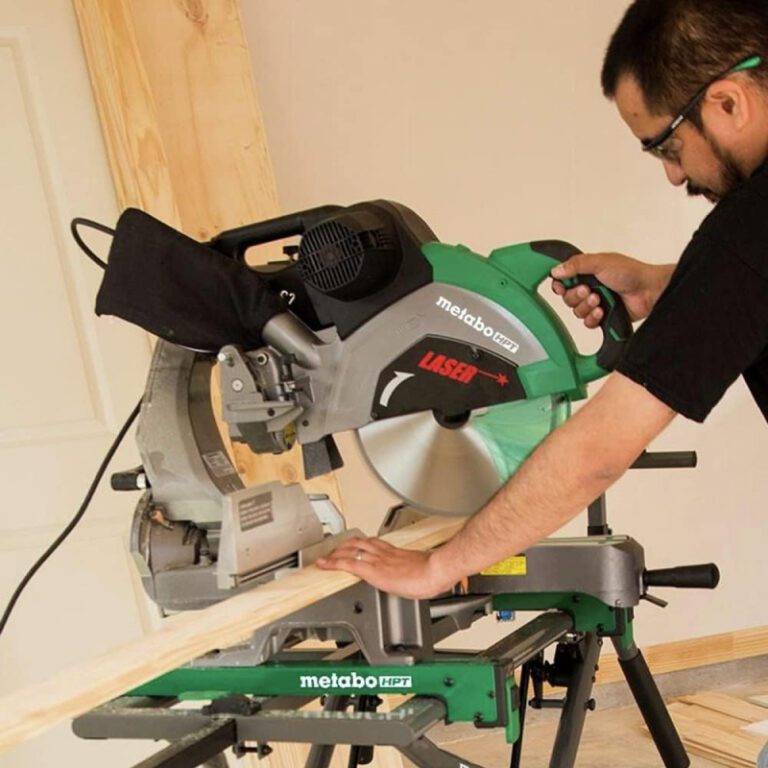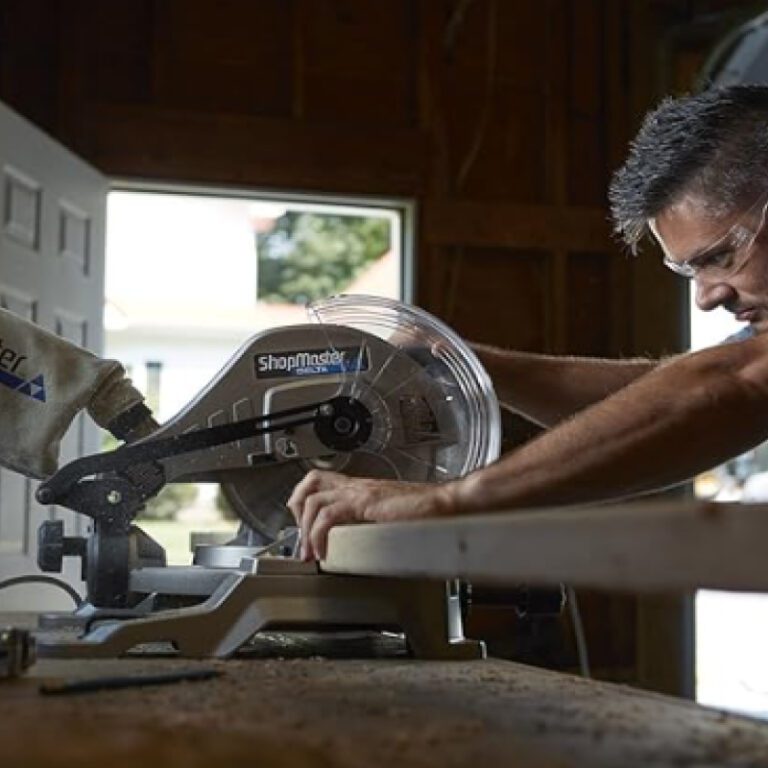In the world of woodworking, mastering the miter saw is essential for both precision and safety. While this versatile tool allows craftsmen to achieve intricate cuts with ease, it also harbors risks when mishandled. Understanding the nuances of miter saw safety is paramount to a woodworker’s craft, as it not only ensures personal well-being but also enhances the quality of workmanship. However, common Miter Saw Mistakes can lead to accidents and compromised results, highlighting the need for vigilance and expertise. This article delves into the pivotal aspects of miter saw operation, shedding light on prevalent errors and offering insights into how woodworkers can refine their techniques to achieve safer, more impeccable cuts and less Miter Saw Mistakes.
Understanding the Miter Saw
Brief overview of the components of a miter saw
A miter saw comprises several key components that work in harmony to facilitate precise cuts. At its core is the blade, which determines the accuracy and smoothness of the cuts. The blade is mounted on an arm that pivots, allowing woodworkers to adjust the angle of the cut. Additionally, a fence provides support and stability for the workpiece, ensuring uniformity in cuts. A power source drives the blade, typically in the form of electricity, enabling efficient operation.
Different types of miter saws and their capabilities
Miter saws come in various types, each catering to specific needs and preferences. Standard miter saws offer basic cutting capabilities, allowing users to make straight, angled, and beveled cuts with relative ease. Compound miter saws enhance versatility by enabling bevel cuts in addition to miter cuts. Moreover, sliding compound miter saws incorporate a sliding mechanism that extends the cutting capacity, ideal for handling larger workpieces and wider boards. Dual compound miter saws take versatility a step further by allowing bevel cuts in both directions, facilitating complex woodworking projects with efficiency and precision.
Importance of proper maintenance and calibration of the saw leading to Miter Saw Mistakes
Proper maintenance and calibration are paramount to the optimal performance of a miter saw. Regular cleaning of the blade and components helps prevent buildup of sawdust and debris, ensuring smooth operation and prolonging the lifespan of the saw. Calibration involves fine-tuning the angles and alignments of the saw blade and fence to maintain accuracy and consistency in cuts. This process may require adjustments to the bevel and miter angles, as well as the squareness of the fence. By adhering to a routine maintenance schedule and meticulously calibrating the saw, woodworkers can uphold the integrity of their equipment and achieve impeccable results with every cut.
Common Miter Saw Mistakes
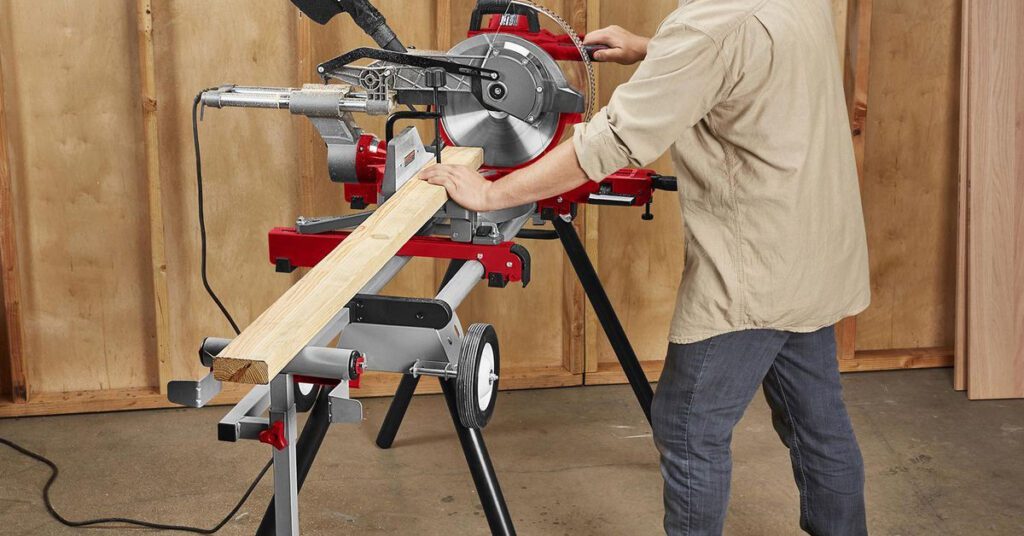
Misalignment of the Miter Saw Blade
Misalignment of the miter saw blade can lead to inaccuracies and compromised cuts, undermining the quality and safety of woodworking projects. Common causes of misalignment include wear and tear on components, improper calibration, and rough handling during transportation. Identifying misalignment is crucial for maintaining precision in cuts, and signs may include uneven cuts, binding of the blade, or irregular angles. To rectify misalignment, woodworkers can undertake a systematic approach involving adjustments to the miter and bevel angles, as well as fine-tuning of the fence and blade alignment. Regular calibration and meticulous attention to detail are essential to mitigate the risks associated with misalignment and uphold the integrity of the miter saw.
Poor workpiece support
Inadequate support for workpieces poses significant risks during miter saw operation, compromising both safety and accuracy. Without proper support, workpieces may wobble or shift during cutting, leading to uneven cuts, kickback, or even injury. To mitigate these risks, woodworkers should utilize auxiliary supports such as sawhorses, workbenches, or roller stands to stabilize workpieces effectively. Additionally, securing workpieces with clamps or hold-downs can prevent movement and ensure consistent results. Prioritizing adequate support for workpieces is essential for enhancing safety and maintaining precision in miter saw cuts.
Incorrect blade selection
Selecting the correct blade for a miter saw is paramount to achieving optimal results and prolonging the lifespan of both the blade and the saw itself. Different blade types cater to specific materials and cutting applications, including wood, metal, and composite materials. Understanding the characteristics of each blade type and its suitability for different materials is crucial for achieving clean, precise cuts without compromising safety and leading to Miter Saw Mistakes. Woodworkers should consider factors such as tooth count, tooth configuration, and blade diameter when selecting blades for their miter saws. Regular inspection, maintenance, and replacement of blades are essential to ensure optimal performance and minimize the risks associated with incorrect blade selection.
Improper body positioning and stance
Improper body positioning and stance while operating a miter saw can increase the risk of accidents and compromise the quality of cuts. Incorrect posture may result in loss of balance, reduced control over the saw, and potential injury from kickback or blade contact. Maintaining a stable and balanced stance with feet firmly planted on the ground is essential for stability and control during cutting operations. Woodworkers should position themselves to the side of the blade, keeping hands clear of the cutting path and maintaining a safe distance from the blade at all times. By adopting proper body positioning and stance, woodworkers can mitigate the risks associated with miter saw operation and ensure safer, more precise cuts.
Tips for Making Safer, Better Cuts and Avoiding Miter Saw Mistakes
Always wear appropriate safety gear
Prioritizing safety begins with wearing appropriate protective gear while operating a miter saw. Eye protection shields against flying debris, while ear protection guards against the loud noise generated by the saw. Additionally, wearing a dust mask or respiratory protection helps minimize inhalation of sawdust and airborne particles. Choosing proper attire, such as fitted clothing and closed-toe shoes, further reduces the risk of Miter Saw Mistakes which lead to accidents and injuries during woodworking tasks.
Perform test cuts and measurements
Before embarking on a woodworking project, it’s prudent to conduct test cuts to verify the accuracy of the miter saw and ensure desired outcomes. Test cuts allow woodworkers to assess the precision of angles, the smoothness of cuts, and the alignment of the blade. Utilizing reliable measuring tools and techniques, such as precision squares and marking gauges, aids in achieving consistency and accuracy in measurements. Based on the results of test cuts, woodworkers can make necessary adjustments to the saw settings, including miter and bevel angles, to optimize performance and achieve desired results consistently.
Utilize cutting aids and jigs
Enhancing the capabilities of a miter saw often involves leveraging cutting aids and jigs designed to streamline cutting tasks and improve accuracy. Miter saw accessories such as stop blocks, hold-down clamps, and extension wings offer added stability and control during cutting operations. Tailoring cutting aids to specific tasks can significantly enhance efficiency and precision. DIY jig ideas, including sleds for crosscutting and miter fences for angled cuts, provide customizable solutions for various woodworking projects, empowering woodworkers to achieve consistent and accurate results with ease.
Regular maintenance and inspection to avoid Miter Saw Mistakes
Regular maintenance and inspection are integral to prolonging the lifespan of a miter saw and ensuring safe operation. Keeping the saw clean and free of debris prevents buildup that can affect performance and accuracy. Periodic inspection of key components, including the blade, fence, and power source, helps identify signs of wear, damage, or misalignment. Following an inspection checklist tailored to safety and performance considerations ensures thorough evaluation and timely resolution of any issues. Troubleshooting common problems, such as blade dullness or motor malfunctions, involves systematic diagnosis and appropriate corrective measures to restore optimal functionality and safety to the miter saw.
Summing Up Our Thoughts On Miter Saw Mistakes
In conclusion, mastering the miter saw entails not only honing cutting techniques but also prioritizing safety and precision throughout woodworking endeavors. The significance of avoiding Miter Saw Mistakes cannot be overstated, as it directly impacts both the quality of workmanship and the well-being of woodworkers. By embracing a proactive approach to safety and consistently adhering to best practices, artisans can mitigate risks and elevate the caliber of their craftsmanship. Remember, each cut holds the potential to manifest excellence when approached with vigilance and expertise. Let us forge ahead with a commitment to excellence, ensuring safer, better cuts that reflect our dedication to the craft of woodworking.

